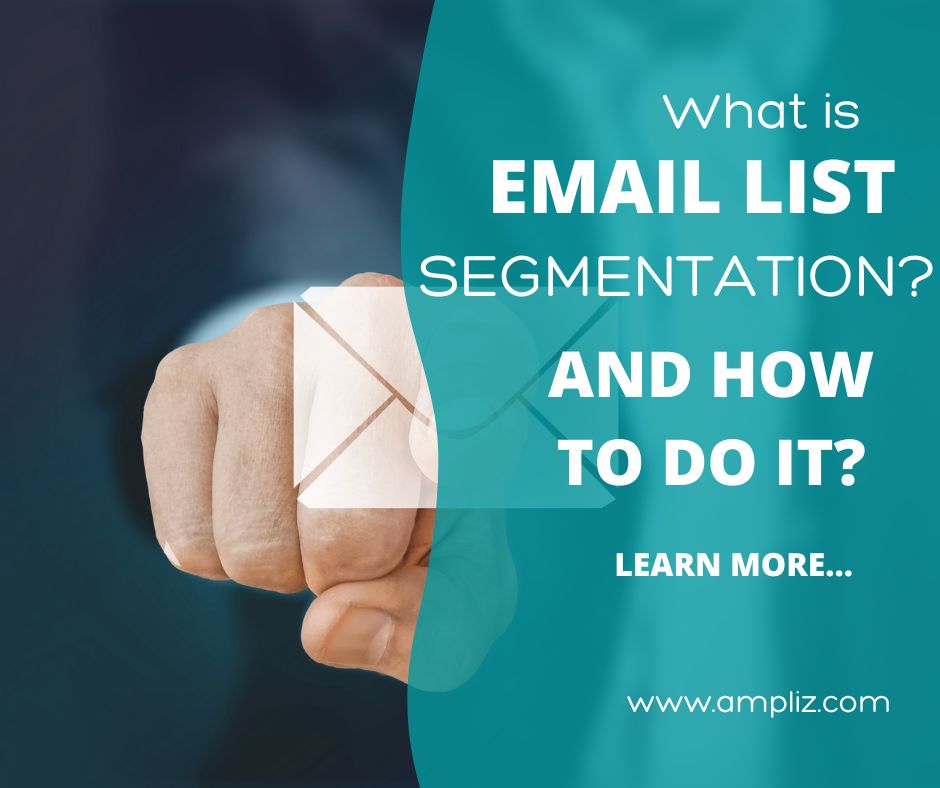In 2025, email marketing remains one of the most effective digital strategies for businesses, boasting high ROI and engagement rates. However, as customer expectations grow and markets become more competitive, generic email campaigns are no longer sufficient. The key to success lies in segmentation—dividing your email list into smaller, more targeted groups to deliver personalized and relevant messages. This approach not only enhances campaign performance but also strengthens customer relationships and drives conversions. Here’s how to segment your email list effectively and elevate your email marketing game in 2025.
Understanding segmentation is the foundation of effective email marketing. Segmentation involves categorizing your email subscribers based on specific criteria such as demographics, behaviors, preferences, and purchasing history. By tailoring your content to each segment, you can address their unique needs and interests. To explore more innovative business trends, visit Business Trends.
Demographic segmentation is one of the simplest and most common methods. By collecting data such as age, gender, location, and occupation, you can create targeted campaigns that resonate with specific groups. For example, a clothing brand might send different promotions to customers based on gender or climate preferences in their region. If you’re brainstorming niche campaigns, check out Small Business Ideas for inspiration.
Behavioral segmentation takes a more advanced approach by analyzing how customers interact with your brand. This includes tracking website activity, email open rates, and purchase history. For instance, you can create a segment for users who abandoned their carts and send them tailored reminders with exclusive discounts. Behavioral segmentation is particularly effective for online businesses aiming to boost customer retention. For additional insights, explore Online Business.
Purchase history segmentation allows businesses to target customers based on their past buying behavior. Loyal customers can receive VIP offers, while first-time buyers might benefit from introductory discounts. Additionally, you can upsell or cross-sell related products to customers based on their previous purchases. This tactic is invaluable for e-commerce businesses striving for long-term growth. To delve deeper into innovative e-commerce strategies, visit E-Commerce Innovations.
Engagement-based segmentation focuses on how active subscribers are. Highly engaged users can receive exclusive content or early access to new products, while inactive subscribers might require re-engagement campaigns with compelling offers or surveys. This approach ensures that your email campaigns remain relevant and impactful. For broader engagement tactics, explore Digital Services.
Preference-based segmentation enables customers to choose the type of content they want to receive. Allowing subscribers to set their preferences during signup helps you deliver emails that align with their interests, whether it’s product updates, blog posts, or event invitations. Personalized content not only improves open rates but also fosters brand loyalty. For content creation ideas, check out Content Marketing.
Location-based segmentation is particularly useful for businesses with a physical presence or those operating in multiple regions. By targeting subscribers based on their geographic location, you can promote region-specific offers, events, or services. This tactic is also effective for time-sensitive campaigns, such as holiday promotions or local store openings. For more insights into localized marketing strategies, visit Tech-Driven Trends.
Life cycle segmentation focuses on the stage of the customer journey each subscriber is in. New subscribers can receive welcome emails introducing them to your brand, while repeat customers might get loyalty rewards. This approach ensures that each email is contextually relevant and adds value. To learn more about strategies for startups and business growth, explore Startup Growth Strategies.
AI-powered segmentation has emerged as a game-changer in 2025. Advanced tools and algorithms can analyze vast amounts of data to create hyper-targeted segments automatically. Predictive analytics, for example, can identify subscribers most likely to convert and prioritize them in your campaigns. For businesses integrating AI into their operations, visit AI and Automation for more insights.

Event-triggered segmentation involves sending emails based on specific actions or milestones. For instance, you can create segments for customers who recently celebrated a birthday or attended a webinar. Trigger-based emails often have higher open and click-through rates because they feel timely and personalized. To explore how technology can enhance your campaigns, check out AI in Business Operations.
Segmentation for product or service categories is ideal for businesses offering diverse product lines. By grouping customers based on their interest in specific categories, you can send targeted recommendations and promotions. For example, a beauty brand might create separate segments for skincare, makeup, and haircare enthusiasts. For creative approaches to segment-specific campaigns, visit Creative Services.
Testing and refining your segments is essential for maximizing their effectiveness. Regularly analyze the performance of your segmented campaigns and adjust your criteria based on the results. Metrics such as open rates, click-through rates, and conversion rates provide valuable insights into what resonates with your audience. To stay updated on digital marketing trends, visit Digital Marketing Trends.
Email segmentation not only improves campaign performance but also enhances the overall customer experience. By delivering content that feels personal and relevant, businesses can build trust, increase engagement, and drive conversions. For more insights into leveraging digital marketing for business success in 2025, explore our Blog.

Business contributor at https://hotelesoxapampa.com
